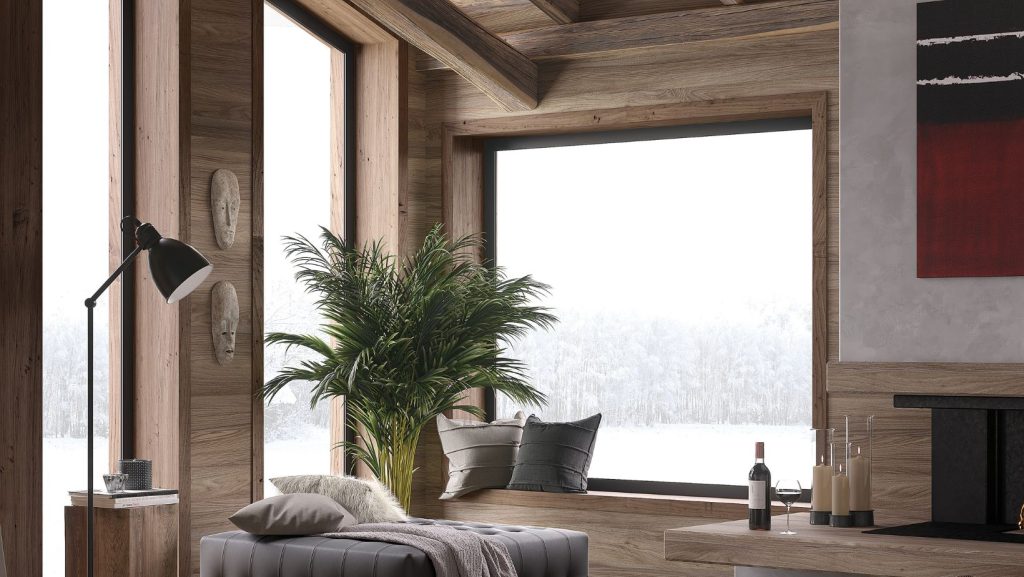Designing a nursery is an exciting and rewarding endeavor for expectant parents as it sets the stage for welcoming their new bundle of joy into the world. Beyond just being a place for sleeping, a nursery serves as a sanctuary where parents and babies bond, play, and create cherished memories together. In this blog post, we’ll explore the essential aspects of nursery planning, focusing on creating a space that is both safe and welcoming for infants and parents alike. From safety considerations to functional layout and stylish decor, we’ll provide guidance on how to design a nursery that meets the needs of both baby and parents.
Safety is paramount when it comes to nursery design. As newborns and infants spend a significant amount of time in their nurseries, it’s essential to create an environment that is free from hazards and potential dangers. When planning the nursery layout, be mindful of furniture placement, ensuring that cribs, changing tables, and other furnishings are positioned away from windows, electrical outlets, and cords. Additionally, invest in baby-proofing measures such as outlet covers, cabinet locks, and furniture anchors to prevent accidents and injuries. When selecting nursery furniture and accessories, prioritize safety-certified products that meet rigorous safety standards to provide peace of mind for parents.
Safety Considerations

The safety of your baby should be the top priority when designing a nursery. Start by ensuring that the crib meets current safety standards and guidelines, with slats that are the appropriate distance apart and no loose or missing hardware. Position the crib away from windows, blinds, and cords to reduce the risk of strangulation or entrapment. Additionally, secure heavy furniture to the wall to prevent tipping accidents, and avoid placing any small objects or soft bedding in the crib that could pose a choking hazard. Invest in a quality changing table with safety rails and a secure strap to keep your baby safe during diaper changes, and always supervise your baby during bath time to prevent drowning.
Functional Layout
Creating a functional layout is essential for optimizing space and workflow in the nursery. Start by considering the flow of movement within the room, ensuring that key areas such as the crib, changing table, and feeding area are easily accessible and well-organized. Designate specific zones for each task, such as sleeping, changing, and feeding, to create a sense of order and efficiency. Consider the placement of storage solutions such as dressers, shelves, and baskets to keep essentials like diapers, wipes, and clothing within arm’s reach. By thoughtfully organizing the layout of the nursery, you can create a space that promotes ease and convenience for parents while ensuring comfort and security for your baby.
Comfortable Furnishings
Selecting comfortable and supportive furnishings is crucial for creating a cozy and nurturing environment in the nursery. Start with the crib, choosing a high-quality mattress that provides adequate support and meets safety standards. Opt for a rocking chair or glider with plush cushions and armrests for comfortable feeding and soothing sessions. Consider adding a soft area rug to provide warmth and cushioning underfoot, and incorporate plenty of throw pillows and blankets for added comfort and style. Additionally, invest in storage solutions such as dressers, bins, and baskets to keep baby essentials organized and easily accessible. By prioritizing comfort in your nursery furnishings, you can create a welcoming space where both baby and parents can relax and unwind.
Age-Appropriate Decor
Decor plays a crucial role in stimulating infant development and creating a nurturing environment in the nursery. Choose decor elements that are age-appropriate and designed to engage and entertain your baby as they grow and develop. Consider incorporating educational elements such as alphabet wall decals, animal prints, or colorful shapes and patterns to stimulate visual and cognitive development. Additionally, add sensory elements such as mobiles, soft toys, and textured fabrics to encourage exploration and sensory discovery. As your baby grows, update the decor to reflect their interests and preferences, incorporating artwork, toys, and accessories that reflect their personality and stage of development.
Personalization and Style
Personalization and style are key elements of nursery design, allowing parents to create a space that reflects their unique tastes and preferences. Start by selecting a color scheme that sets the tone for the room, whether it’s soft pastels for a serene atmosphere or bold, vibrant colors for a playful and energetic vibe. Add personal touches such as framed photos, artwork, and personalized decor items to make the nursery feel like home. Consider incorporating elements of your own style, whether it’s a vintage-inspired theme, a modern minimalist aesthetic, or a whimsical fairy tale motif. By infusing your personality and style into the nursery design, you can create a space that is as unique and special as your baby.
In conclusion, designing a nursery is an exciting and rewarding experience for expectant parents, offering an opportunity to create a safe, welcoming, and nurturing environment for their new arrival. By prioritizing safety considerations, creating a functional layout, selecting comfortable furnishings, incorporating age-appropriate decor, and infusing personalization and style into the design, parents can create a nursery that meets the needs of both baby and parents. At Selective Remodeling, we specialize in helping homeowners bring their design visions to life, from concept to completion. Contact us today to learn more about our nursery remodeling services and let us help you create the perfect space for your little one.

